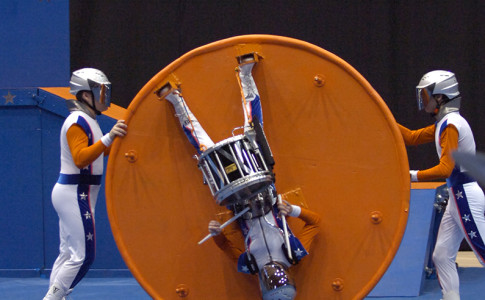Always a challenge, sightreading takes practice and patience in order to develop accuracy and confidence. Learning how to sightread correctly saves time and wasted energy. Although perfection is the goal, reading through music without stopping for mistakes is essential to develop sightreading. Here are rules to guide your practice.
Check the Key and Time Signature
Looking at the key and time signature of the music is a very simple step but is often overlooked, so make a new habit to determine the key before playing through the music.
Play the Scale
Play the appropriate scale and arpeggio for the key signature, hearing the sounds and memorizing the finger patterns. Check for any key or time signature changes, and familiarize yourself with the new patterns and sounds.
Find Musical Patterns
Visually look through the piece, identifying patterns and looking for similarities or differences in rhythms and melodies. Musical patterns are often repeated with small variations, and when sightreading a new piece, finding patterns helps musical flow and note accuracy.
Sing the Melody
Locate melodies and accompaniment figures. Sing the melody aloud before playing on your instrument, building a connection with the pitches to develop phrasing.
Play a Smooth Tempo
Choose a tempo that encourages smooth connections, avoiding stops and starts in the music and moving eyes constantly forward to prepare finger movements.
After choosing a tempo, turn on the metronome and play the piece through without stopping. Concentrate on consistent, accurate rhythms, and don’t worry about the notes because mistakes will happen!
Practice simple music as well as difficult pieces in order to build confidence with sightreading. Sightreading new music is a wonderful way to explore and build phrasing and technique, so have fun developing this important part of every musician’s repertoire.
About the Author
Mary Karen Clardy, professor of flute at the University of North Texas in Denton, appears as a soloist, chamber artist and teacher throughout the United States, Canada, Mexico, Europe, Asia and South America. A renowned author, she has published more than 10 books from European American Music, Leduc, Schott and Universal Edition. Her students are consistent prizewinners in international competitions and occupy prominent orchestral and faculty positions throughout the world. Visit www.mkclardy.com.


